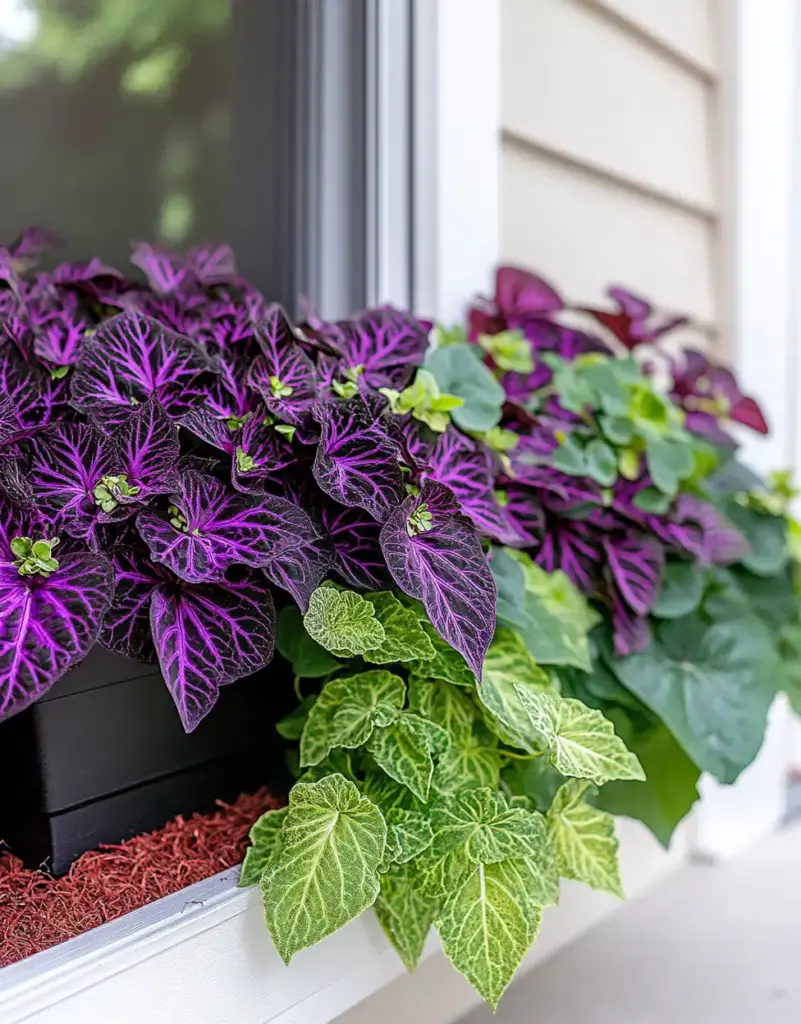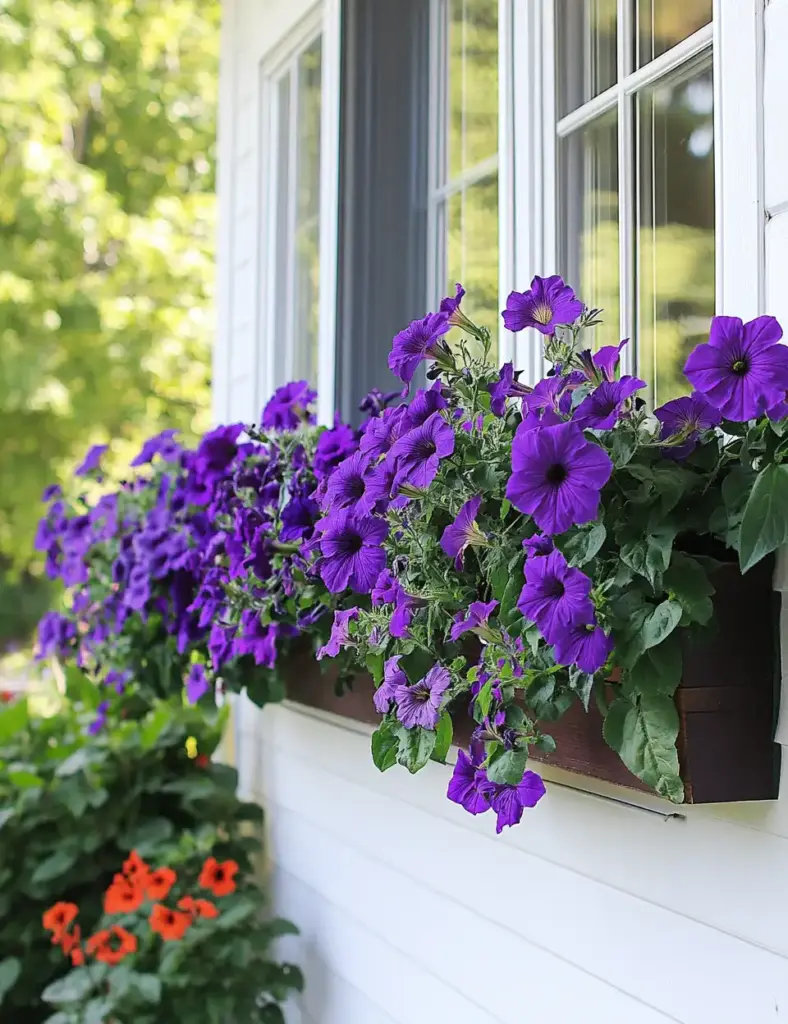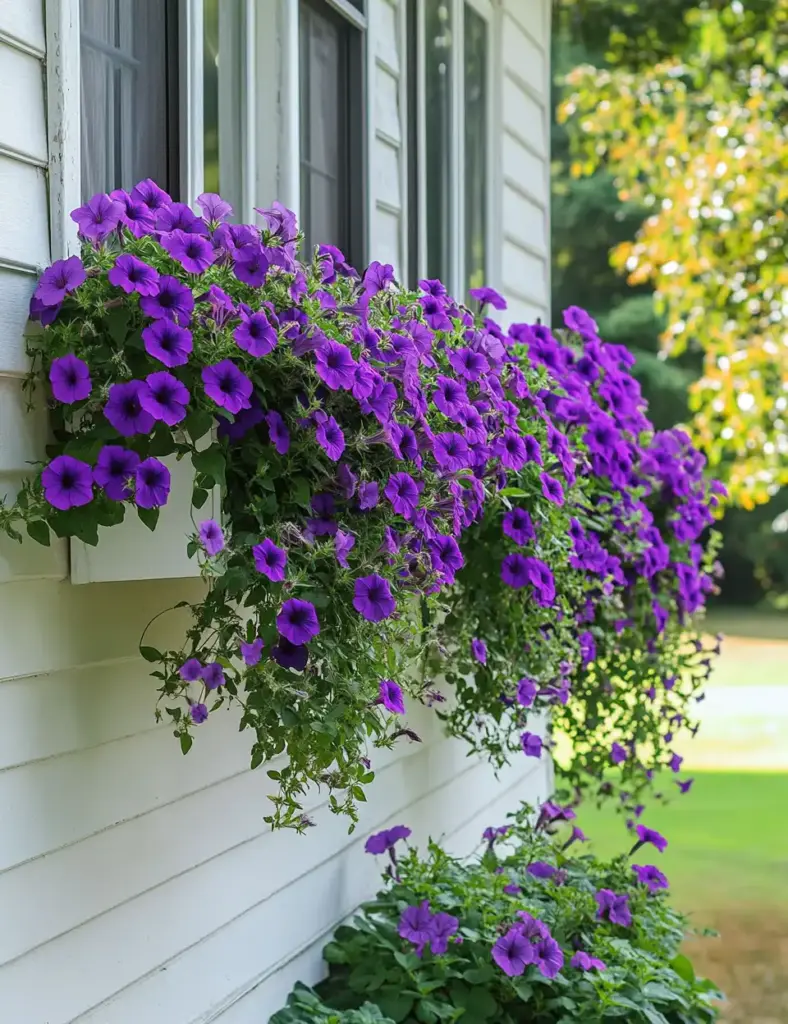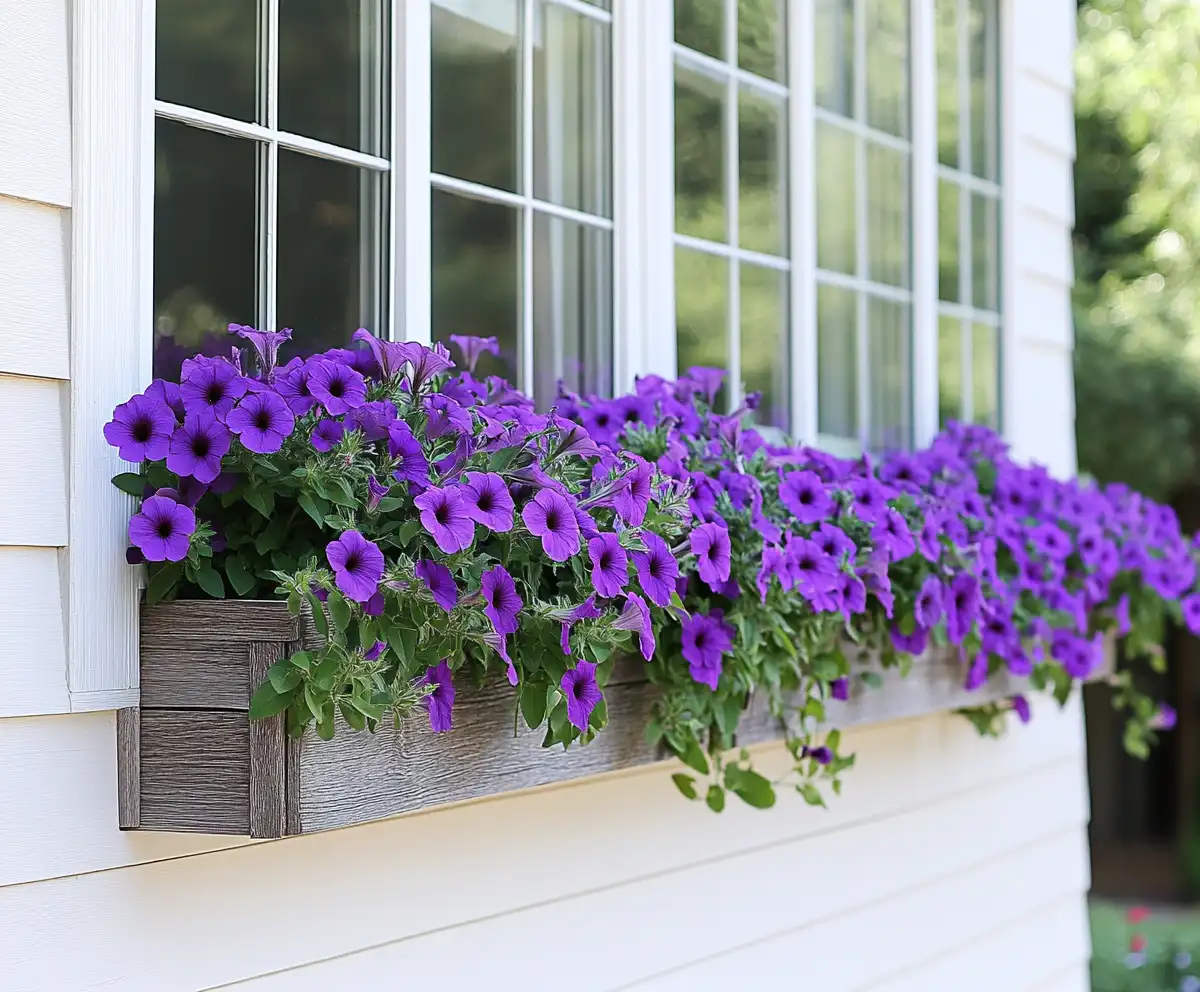Looking to transform your home’s curb appeal with a pop of color and personality? Window flower boxes are a charming way to enhance the front of your home—and with the right mix of plants, they can stay stunning from early spring through to the crisp days of fall. Over the years, I’ve experimented with dozens of combinations to find what really works: blooms that thrive, vines that trail gracefully, and soil that keeps everything thriving. Whether your house gets full sun or dappled light, you’ll find the perfect setup here to create lush, overflowing boxes that neighbors will admire all season long.
🌱 Choosing the Best Soil for Window Flower Boxes
Before you start planting, the most important decision you’ll make is about soil. The foundation of any successful window flower box starts with the right growing medium. Regular garden soil or topsoil might be tempting, but they’re often too dense for container gardening and don’t allow roots to breathe or drain properly.
🥇 Use High-Quality Potting Soil
Opt for a lightweight, nutrient-rich potting mix designed specifically for containers. These soils:
- Allow for proper drainage and aeration
- Help prevent root rot
- Often come with slow-release fertilizers
Tip: Refresh your soil each spring! Instead of tossing everything out, remove old root balls and mix in 30–50% fresh potting soil. This replenishes nutrients and improves texture for the new season.
❌ Avoid These:
- Topsoil or garden soil – too heavy, poor drainage
- Reused soil without amending – depleted nutrients can stunt plant growth
By starting with great soil, you’re setting the stage for vibrant, thriving flower boxes that will look good for months on end.
🌸 Best Plants for Window Flower Boxes: The “Thrill, Fill, Spill” Formula

One of the secrets to show-stopping window flower boxes is using the time-tested method known as “thrill, fill, and spill.” This approach creates a balanced mix of height, fullness, and trailing movement—turning a simple box into a cascading floral display.
🌟 1. Thrill – The Focal Flowers
These are your tall, eye-catching plants that stand out and draw attention.
Great picks:
- Supertunias – Vibrant, sun-loving, and non-stop bloomers
- Petunias – Classic and colorful with a wide range of hues
- Geraniums – Hardy, upright, and long-blooming
These plants give your window box its signature wow-factor from a distance.
🌿 2. Fill – The Lush Layer
Filler plants are medium-height blooms or foliage that bulk up the arrangement and sit between thrill and spill plants.
Top choices:
- Marigolds – Bright, pest-resistant, and great for full sun
- Ageratum – Fluffy blue or purple flowers that last
- Pansies – Cool-weather heroes that come in cheerful colors
- Impatiens – Ideal for part shade and rich color coverage
Mix two or three fillers for a fuller, more dynamic look.
🌱 3. Spill – The Trailing Beauty
Spillers are the plants that cascade over the edge of your box, softening the container’s edges and adding movement.
Go-to trailing plants:
- Creeping Jenny – Lime-green vines that add contrast
- Sweet Potato Vine – Bold foliage in chartreuse or deep purple
- Vinca Vine – Tough, low-maintenance trailing option
- Trailing Verbena – Delicate blooms and a graceful drop
Using at least one spill element per box creates that dreamy, overflowing effect we all love.
👩🌾 Planting Tip:
Group plants in odd numbers and repeat colors across the length of your box for a more cohesive and professionally styled look.
📅 When to Plant Window Flower Boxes for the Best Results

Timing is everything when it comes to planting. You want to give your flowers the best chance to thrive without risking damage from late-season frost.
🌷 Ideal Planting Time
In most regions with a temperate climate, the sweet spot for planting annuals is after the last frost date, usually around mid to late spring.
For example:
- In New England, the last frost typically ends by mid-May.
- Many gardeners plant their window flower boxes around Memorial Day—a great rule of thumb for safety and weather.
📍 Know Your Zone
Use your USDA Hardiness Zone to determine the safest time to plant in your area. Check local gardening resources or apps for accurate dates.
🛑 Don’t Rush It
Even if the days are warm, chilly nights can still shock young plants. It’s worth waiting an extra week or two rather than risking a full redo.
💧 How to Feed Your Window Flower Boxes for Maximum Bloom
Want lush, overflowing flower boxes that keep blooming well into fall? The secret is consistent plant food. Even with great soil, container plants use up nutrients quickly, especially when watered often (which flushes nutrients out).
🌱 Why You Need Plant Food
Unlike garden beds, window boxes don’t have access to natural soil ecosystems, so they rely on you for nourishment. Feeding them helps:
- Promote fuller growth
- Encourage more blooms
- Boost plant resistance to stress and pests
🧪 What to Use
Some of the best plant foods for window boxes include:
- Jack’s Classic Plant Food – Balanced and reliable
- Miracle-Gro Water Soluble All Purpose – Easy to find and effective
- Organic options – Like fish emulsion or seaweed blends if you prefer natural
⏰ Feeding Schedule
- Every 7–10 days: Use a watering can with diluted plant food
- At minimum: Feed once a month to maintain strength
If you tend to forget, try setting a reminder on your phone or scheduling it alongside your regular watering routine.
🌼 Pro Tip:
Overfeeding can lead to too much leafy growth and fewer flowers. Follow label instructions, and when in doubt, dilute more rather than less.
🪟 How to Build (or Buy) the Perfect Window Flower Boxes

If you’re the DIY type, building your own flower boxes can be a rewarding weekend project. But if you’d rather click “Add to Cart,” there are some stunning pre-made options too.
🔨 DIY Window Box Basics
Building your own boxes gives you full control over size, style, and materials. Here’s a simple outline of what you’ll need:
🧰 Materials:
- Cedar for the sides – naturally rot-resistant and great for outdoor use
- Pressure-treated wood for the base – adds strength and durability
- Outdoor screws – to hold everything together
- Metal L-brackets – for secure, “floating” installation under your windows
- Drill + saw – for assembly
- Marine spar varnish – to protect the wood from weather
🌧️ Drainage Tip:
Drill small holes in the bottom of the box to prevent water buildup and root rot.
✨ Installation Tip:
For a clean, bracket-free look, use L-brackets hidden underneath to give the illusion that the boxes are floating. Make sure the brackets are rated to support the full weight of a soil-filled box!
🛍️ Prefer to Buy Instead?
No worries! There are plenty of gorgeous, weatherproof window boxes available online and in garden centers. Look for:
- UV-resistant finishes
- Self-watering designs (great for busy folks!)
- Pre-drilled drainage holes
Popular styles to explore:
- Vinyl or PVC boxes (low maintenance)
- Wrought iron with coconut fiber liners (classic and breathable)
- Painted wood with liners (charming and customizable)
🌼 Final Thoughts: Create Window Flower Boxes That Bloom All Season
Adding window flower boxes to your home is one of the easiest—and most rewarding—ways to elevate your curb appeal. With the right soil, smart planting techniques, and regular care, your flower boxes can become a living piece of art that thrives from spring’s first bloom to fall’s final flourish.
Whether you’re building them yourself or buying ready-made, don’t be afraid to get creative with colors, textures, and trailing vines. Remember the “thrill, fill, spill” formula, feed your plants regularly, and enjoy the compliments from friends and neighbors as your windows burst with life and color.




